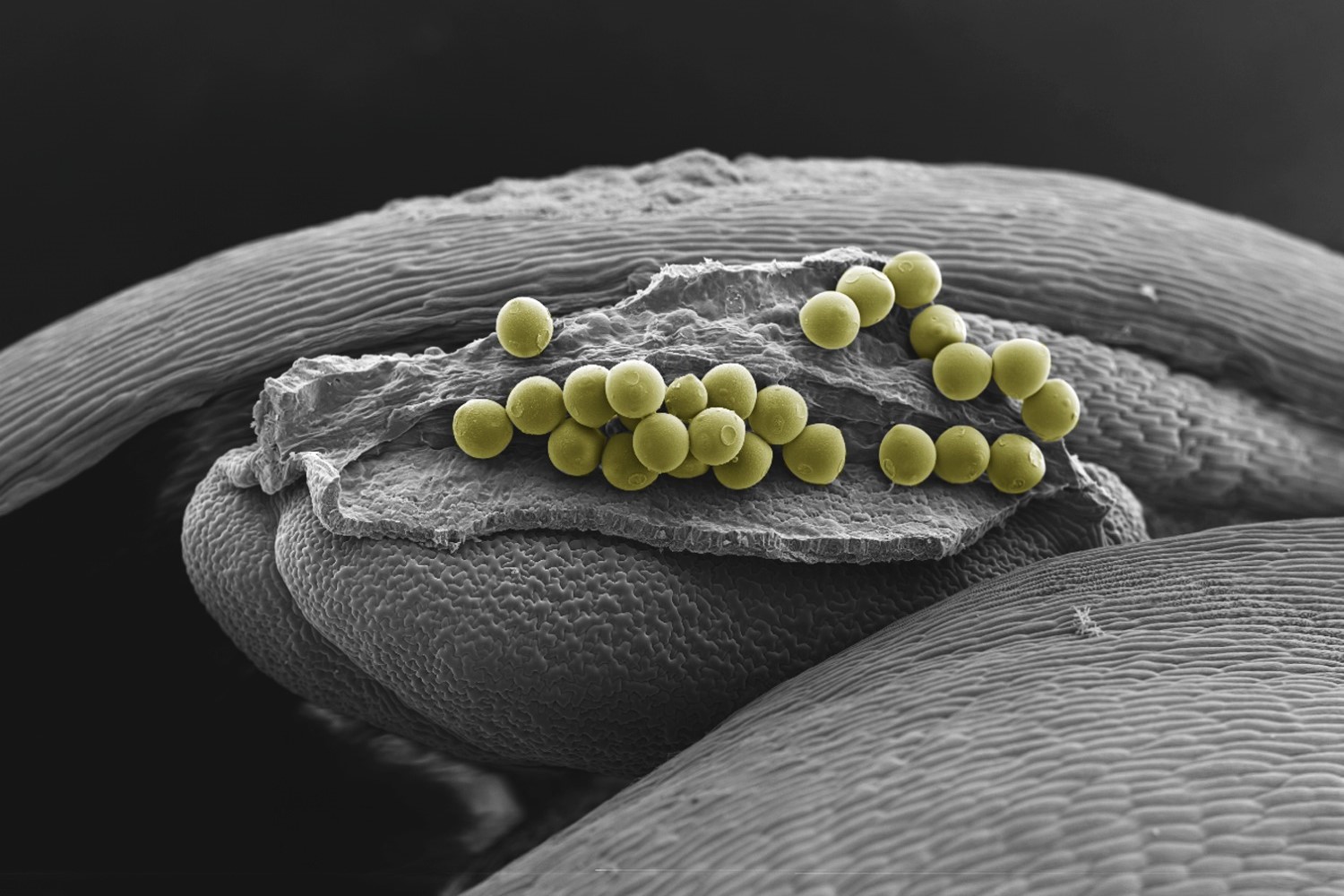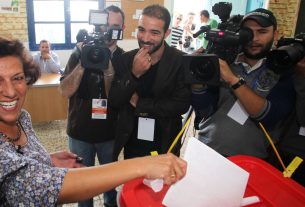Further information
The 23TRT projects
Quantitative phase imaging elastography: delivering open-source tools for mechanobiology
Led by Dr Pierre Bagnaninchi, University of Edinburgh
Our project aims to provide the biological science community with open-source tools for measuring cell and tissue elasticity using new optical imaging techniques, enhancing accessibility and integration into existing workflows.
3D-printed transmissive adaptive optics for microscopy
Led by Dr Ralf Bauer, University of Strathclyde
This research will develop affordable 3D-printing approaches to create controllable optical elements that enable high resolution microscopy within thick samples and tissue.
DogDots: a new approach to labelling of membrane proteins for tomographic analysis
Led by Dr Robin Bon, University of Leeds
Membrane proteins are key regulators of cellular function.
We will develop new tools to study membrane protein localisation and structure in cells and tissues by advanced electron microscopy techniques.
NMR-directed evolution of tight-binding nanobodies
Led by Dr Matthew Cliff, The University of Manchester
This project uses atomic resolution spectroscopy to identify key chemical groups for evolution, to more reliably produce low-cost alternatives to monoclonal antibodies for use in diagnostics and research.
A lab-on-chip synthetic cell microfoundry: democratic technologies for bioscience discovery
Led by Dr Yuval Elani, Imperial College London
We will create an accessible platform technology integrating microfluidics, automation, in-line analysis, and artificial intelligence (AI) to produce massive synthetic cell libraries.
This will enable breakthroughs in biomedicine, bioproduction and fundamental cell biology research.
Extending volume electron microscopy to vitrified tissues: compressive cryo focused ion beam-scanning electron microscopy (FIB-SEM) tomography
Led by Professor Roland Fleck, King’s College London
This project aims to apply AI to the generation of three-dimensional understanding of cells and tissues.
It will reduce the time taken to collect three-dimensional data from many days to hours and for the first time allow cells and tissue to be studied in their native biological state.
Advanced scanning electron microscopy optimisation for cryo FIB-SEM
Led by Dr Michael Grange, Rosalind Franklin Institute
This project will develop artefact-free volumetric electron imaging approaches for whole cells or tissues, enabling some of the smallest molecular signatures of disease to be seen label-free, in a native state.
Transforming mass spectrometry for electron microscopes: the future of bioscience imaging
Led by Dr Felicia Green, Rosalind Franklin Institute
This project will expand imaging into 4D through a combination of techniques, blending spatial and chemical information to better understand the development of disease in bioscience.
Genetic code expansion with improved efficiency for neuroscience applications in rodents
Led by Dr Sebastian Greiss, University of Edinburgh
This project will reengineer the biological machinery of neurons to enable tagging and functionally perturbing neural circuits using light.
These tools will help clarify the inner workings of the nervous system.
iGly: novel tools for imaging glycine inhibitory neurotransmission
Led by Dr Nordine Helassa, University of Liverpool
This project aims to develop advanced biosensors to monitor glycine, a key neurotransmitter in the brain.
These novel tools will help to improve our understanding of brain function in humans.
Transforming high-throughput screening of extracellular receptor interactions using miniaturised, label-free photonic sensor arrays
Led by Professor Steven Johnson, University of York
We will demonstrate a technology to analyse the entire family of human receptor-proteins leading to new understanding of cellular communication and host-pathogen interactions, and support development of new biological drugs.
Completing the protein-protein interaction picture in situ: new fluorescent tools to monitor homo-oligomerisation
Led by Professor Dafydd Jones, Cardiff University
The self-association of proteins plays a key role in a huge number of biological processes, including many disease states.
The project aims to develop new tools to investigate these critical biomolecular interactions within the context of the cell.
In vitro antibody affinity maturation using germinal centre organoids
Led by Dr Laura McCoy, University College London
This research will combine genetic engineering with cutting-edge organoid technology to develop a rapid method to improve antibodies without the need for time consuming and expensive animal models of immunisation.
Micron scale electromagnetic tweezers with light controlled magnetic nanoparticles for force manipulation inside live cells
Led by Dr Maxim Molodtsov, University College London
This project will generate new tools for measuring mechanical forces generated by specific molecules inside living cells.
This will help understanding how human cells adopt particular shapes, move and divide.
Advancing 3D organoid imaging: a novel 3-photon excitation fluorescence lifetime imaging microscopy approach
Led by Dr Simon Poland, King’s College London
We aim to develop new imaging techniques that enable deeper and more detailed functional imaging of 3D cell cultures.
This will help us better understand how diseases develop and progress.
A rapid and sustainable transformative technology for chemical extraction in bioscience research and biomanufacturing
Led by Professor Susan Rosser, University of Edinburgh
The ability to extract target chemicals from biological samples is essential for a wide range of laboratory activities.
This research will deliver a highly sustainable technology for selective chemical extraction.
Bioengineering gas vesicles for the acoustic imaging of biological processes
Led by Dr Mateo Sanchez, University of Cambridge
This project leverages protease engineering in combination with methods in synthetic biology to unlock the potential of bacterial gas vesicles as acoustic reporters to detect enzymatic activity.
FORCE-DNA: a simple method to measure cellular forces using light
Led by Dr Katelyn Spillane, King’s College London
This project will create an accessible toolkit for cell biologists to measure mechanical forces of receptor-ligand pairings within cells.
Cloneable tag for four-wave mixing correlated light and electron microscopy
Led by Professor Paul Verkade, University of Bristol
Probes are key in microscopy.
This project aims to generate a probe that is visible in the light and electron microscope to facilitate correlation between the two.
Time travel: flow sculpting for everyone to make movies of proteins in action
Led by Dr Jonathan West, University of Southampton
The project involves the development of high-speed technology to make movies of proteins in action for understanding how proteins function.
The technology will be shared globally to accelerate discovery.
Development of lab-based cryogenic hard X-ray microscopy for soft biological materials
Led by Dr Charles Wood, University of Portsmouth
This project images biological materials in 3D at the microscopic scale while frozen, preventing degradation and allowing their native structures to be observed, helping to understand biological systems and diseases.
Optimised methods for multi-isotope imaging in bioscience
Led by Mr John Wright, University of Hull
This project advances nuclear imaging by developing multi-isotope protocols to probe several biological targets at the same time.
These methods will help understand how different biological pathways interplay in disease.
InViDA: exploiting Cas12a for scarless conjugation-based in vivo DNA assembly technology
Led by Dr Tigran Yuzbashev, Rothamsted Research
This project aims to seamlessly conjugate DNA in vivo, using Cas12a, a novel approach that avoids the scars typically left by other methods, potentially transforming genetic engineering applications.



